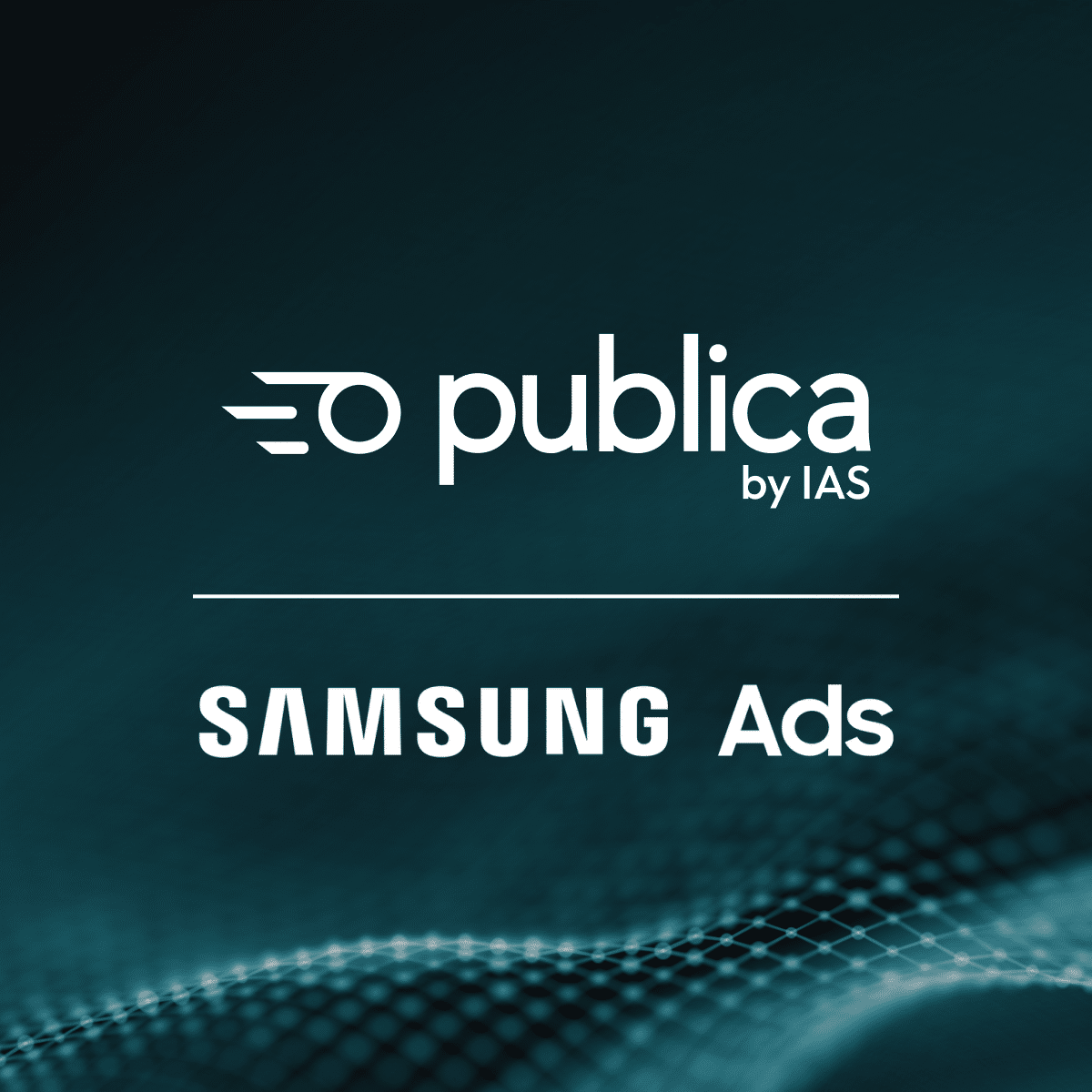Video is red hot these days, and for good reason: nothing sways a consumer better than the combination of sight, sound, and motion. And for companies that invest massive resources into their video creatives, it’s not unreasonable to hope that consumers will opt to share what they’ve seen with their networks of hundreds (if not thousands!) of contacts on social media.
But there’s the catch: consumers can only share videos that they’ve seen.
Of course, no one – and no tech company – can absolutely guarantee that consumers will watch your video ad. But we can help ensure your target audience has the opportunity to view it. That’s the whole point of viewability – making sure your ad has a prayer’s chance of being noticed.
Viewability as Targeting Criteria
If you’ve been discouraged by media reports stating that nearly half of video ads are never seen, take heart, you have powerful tools at your disposal. Case in point: Pre-bid targeting based on viewability. Pre-bid targeting eschews targeting based on historical data, and focuses on impressions that are more likely to be viewable and in-view for a longer period of time. It does this by creating targeting segments built around viewability.
Sounds great, but how do we do that? It’s actually a rather simple concept – we build the segments at the page and placement level. In other words, ad units that are prominently displayed on a page, and pages that are visited frequently by readers, will clearly have higher viewability rates. So we can use the historical viewability of placements as a model for future viewability. The actual targeting models are a bit more complicated than that, as new placements have some amount of decay in popularity as time goes on – but for simplicity’s sake, let’s say the historical performance is a good indicator of future success.
Placement- and page-level targeting are much more effective than strategies like inclusion- and exclusion list domains. Domain-level targeting isn’t granular enough, and besides, what if your ad appears on the pages and placements on that domain that aren’t viewable?
Viewability Goal Setting
Everyone wants high viewability for his or her video campaigns, but what does that actually mean?
As a marketer, you also need to be clear in setting viewability goals so that your tech partner knows what to shoot for. If you want 60% viewability, or 70%+, it’s doable, but you may need to compete for more premium ad units, and you may need to adjust your pacing goals or pricing strategy. Of course, these could be acceptable considerations for you, but you need to know about them upfront. Being able to set clear goals about the actual desired viewability is important for overall campaign success.
Bottom line: simply requesting “high viewability” won’t provide the specificity your media partners and vendors need to make strategic targeting decisions.
Needed: Vast Pools of Evaluated Inventory
Targeting based on viewability is absolutely possible, but you need to work with a tech partner that’s capable of evaluating and targeting vast amounts of inventory. If your vendor isn’t evaluating billions of impressions each day across many, many different domains and properties, then you run the risk of your video ads appearing in places that haven’t been evaluated and predicted with enough coverage.
End-to-End Measurement
Lastly, you need to look at your campaign holistically. If you want to effectively optimize in order to drive results, then you need one solution that targets before the campaign and measures post campaign. Here’s why: every time you pass data from one system to another, data is lost. Those discrepancies can be as high as 10% – that’s a huge number when you’re trying to fine-tune your optimization strategy and assess ROI.
Bottom line: you need to be able to accurately measure the true success of your video targeting efforts.
So, can you optimize your video campaigns for viewability? Absolutely, but you need to ask some tough questions of the partners with whom you work.
 Share on LinkedIn
Share on LinkedIn Share on X
Share on X

